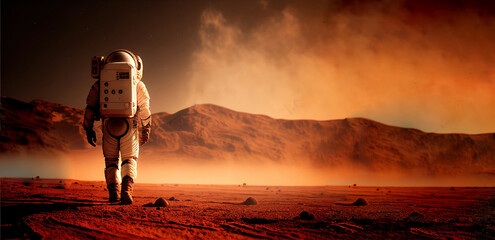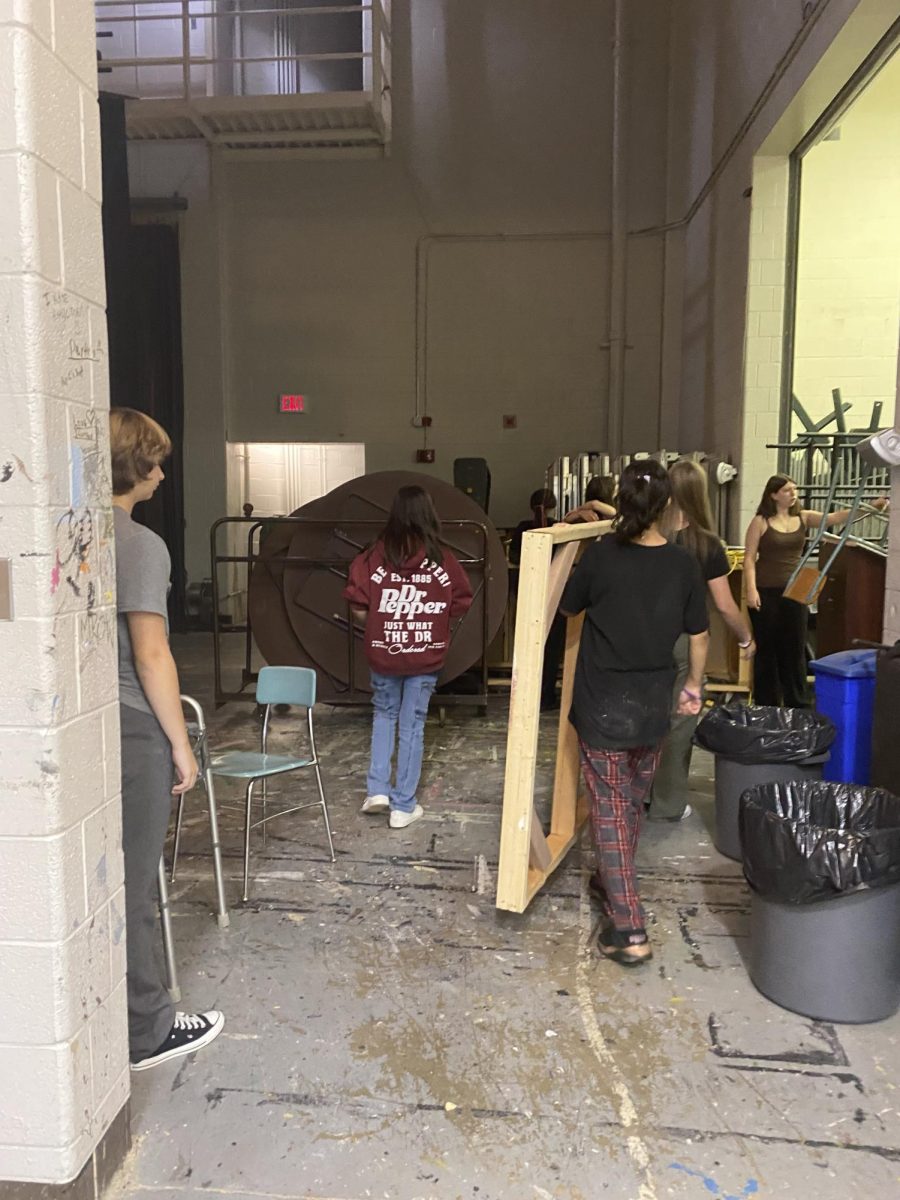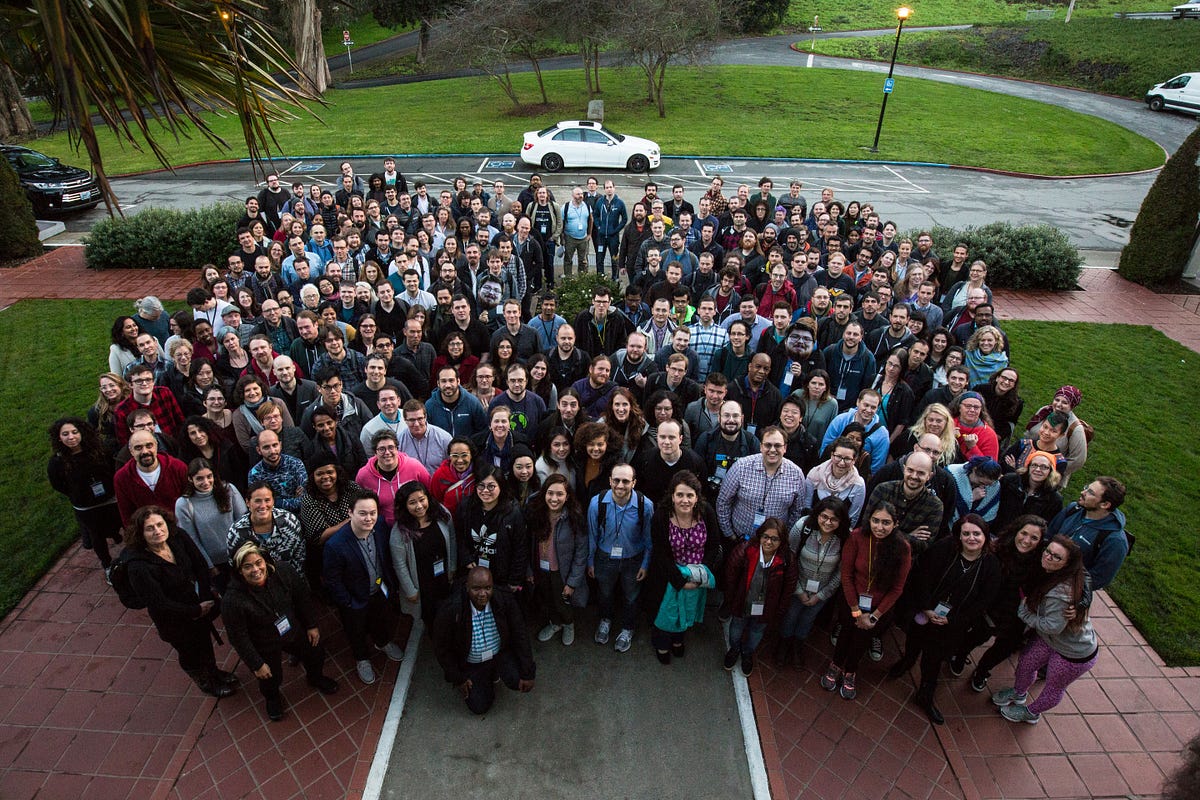
“We will pursue our manifest destiny into the stars by launching astronauts to plant the stars and stripes on the planet Mars,” President Trump, 2024 Inaugural address. Life on Mars has always been a topic on every astronomer’s mind for as long as telescopes were a thing. But in order to actually plant life on Mars, one would have to understand how to do it. In case it wasn’t obvious, nothing grows on Mars. The constant acidic soil in the area would make it impossible to plant anything on the surface because of the huge cold temperatures of the planet and being over 50 million miles further from the sun. Plus, in order to pull it off, one would first have to colonize the planet and to take the harsh precautions to plant life on the planet.
If someone were to colonize Mars, they would first need a form of shelter to keep themselves and the plant life growing, away from the harsh conditions of the outside environment. In order to grow actual plant life, one would need a pressurized compartment or a dome to keep the breathable air in. The theory that is referred to here is that of the air pressure theory established by Evangelista Torricelli. According to the text it states, “Space in which the pressure is so low, air can easily escape with the slightest bit of interference,” to show how Torricelli’s theory about the vacuum of air and the pressurized air could help sustain suitable conditions on a planet that contains such a harsh environment.
The second problem one would have to face if they wanted to live on Mars would be the lack of suitable soil for growing plants. The Acidic sand on Mars is so harsh that it is impossible to grow suitable life on the surface, combined with the extremely cold temperatures on the surface. The answer to this problem is simple. One would have to use human feces to create a sustainable fertilizer in the acidic soil. Physicist Louis Pasteur developed a theory on how fertilization through feces could be used as a suitable fertilizer for even the most harsh of conditions. According to the text, it states, “Later that same year, he returned to Paris where he developed the evidence of a living organism through the process of fertilization”, to bring to light the possibility of planting life even in the most harsh of conditions. The fertilizer, mixed with soil, could coexist with the acidic sand to create a functioning plant. Because of the cold conditions on the actual surface, planting a seed outside would not last very long. Colonizers would have to plant their seeds in a separate tube away from the cold temperatures along with artificial sunlight. Mars’s atmosphere is extremely thick, making it hard for plant life to survive.
Apart from actually living on the planet, another problem one would have to face would be the effect the sudden new environment would have on the human body. Actually getting to Mars would take an estimated time of around seven to eight months of space travel. The sudden change in gravity would end up affecting the bones in the body and causing future problems when or if one would ever return home. According to an article published by The Baylor College of Science, it states, “Without the need of carrying the load of Earth’s gravity, the absence of the load weight would cause someone to lose the density in their bones”, to represent the impact that space travel would have. Another quote from the same source states, “Astronauts also experience loss in muscle mass due to the huge gravity loss”, to help establish the concern of losing weight that far in space that would eventually affect other things.
In more recent years, new billionaires have been donating their money to help fund their own projects to get humans to Mars. Billionaire Elon Musk has even agreed to work with the Trump Administration to help fund the SpaceX project to plant the United States flag on acidic soil. Doctor Robert Zubrin has started his own project known as the Mars Direct project, which is bound to create some sort of rivalry between the two groups. According to an article from the Planetary Society, it states, “Using a Martian resource obtained by a rover, we could conduct an expedition at 1/8th of the original cost, estimated by NASA”, to explain his strategy on how to get to Mars with more modern and advanced technology. With this new technology, space travel could be more possible than ever with new strategies and advancements.
Now, only one question needs to be answered. Can it be done? Can someone actually make the journey despite the danger at every corner? It would probably take a very skilled astronaut to pull navigate through the harsh environment of space to before they actually set foot on the planet, but with the evidence that has been provided, the signs of former life on the surface, provided by rovers, It’s safe to assume that with enough precautions that it can in fact be done.



















